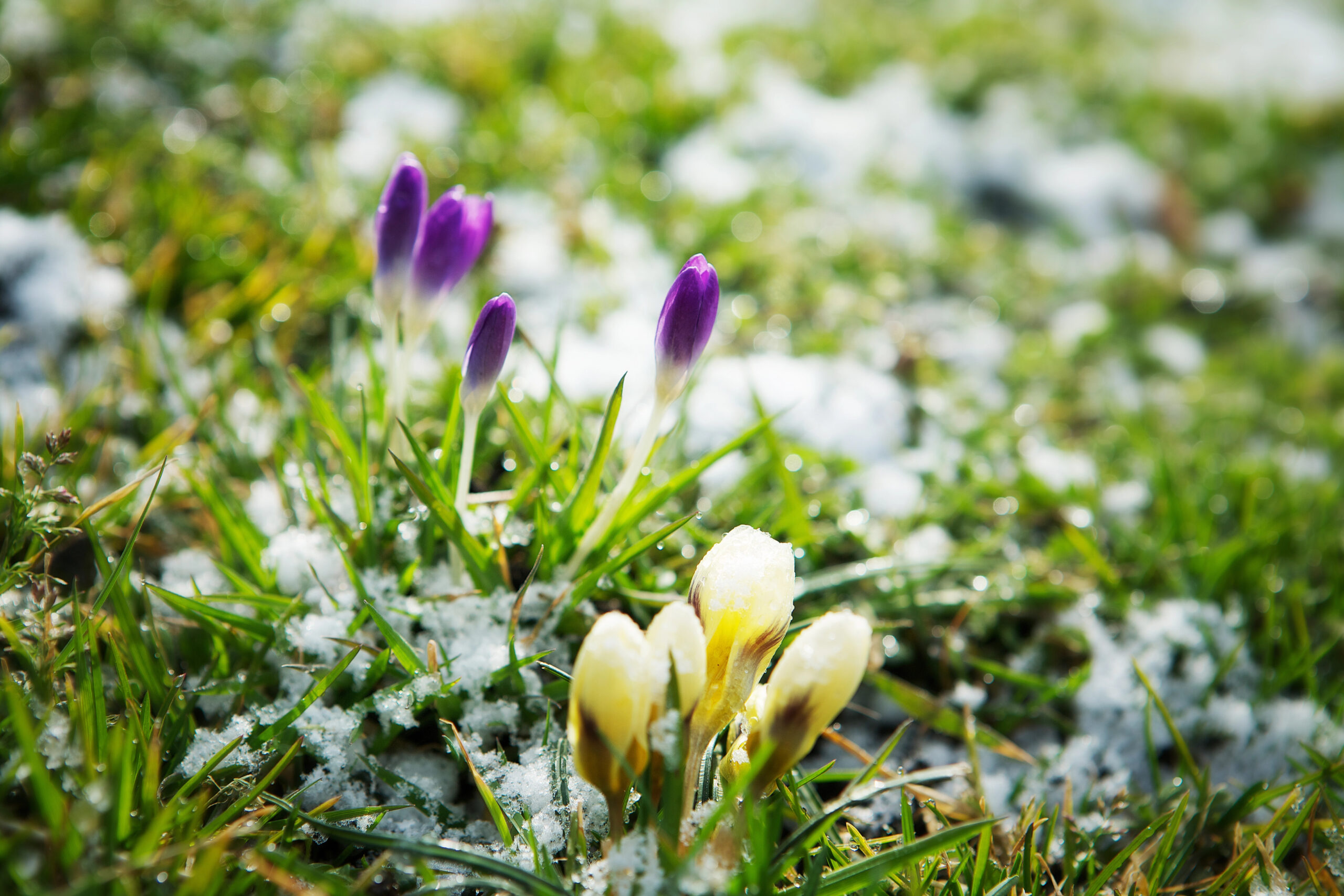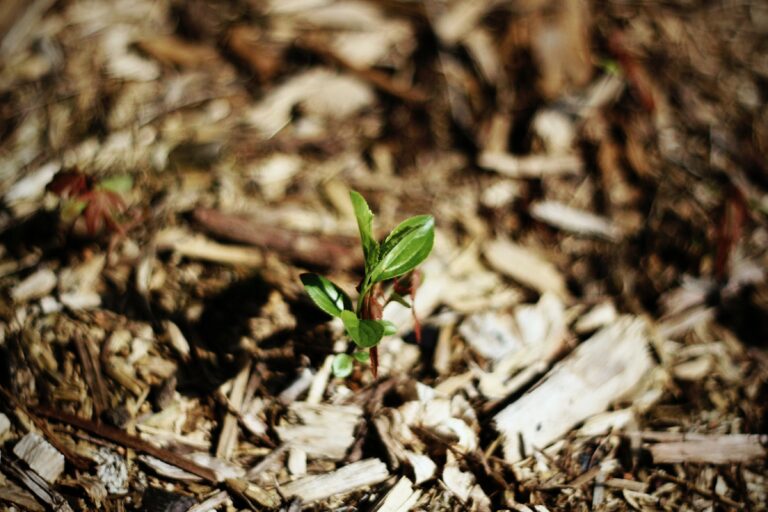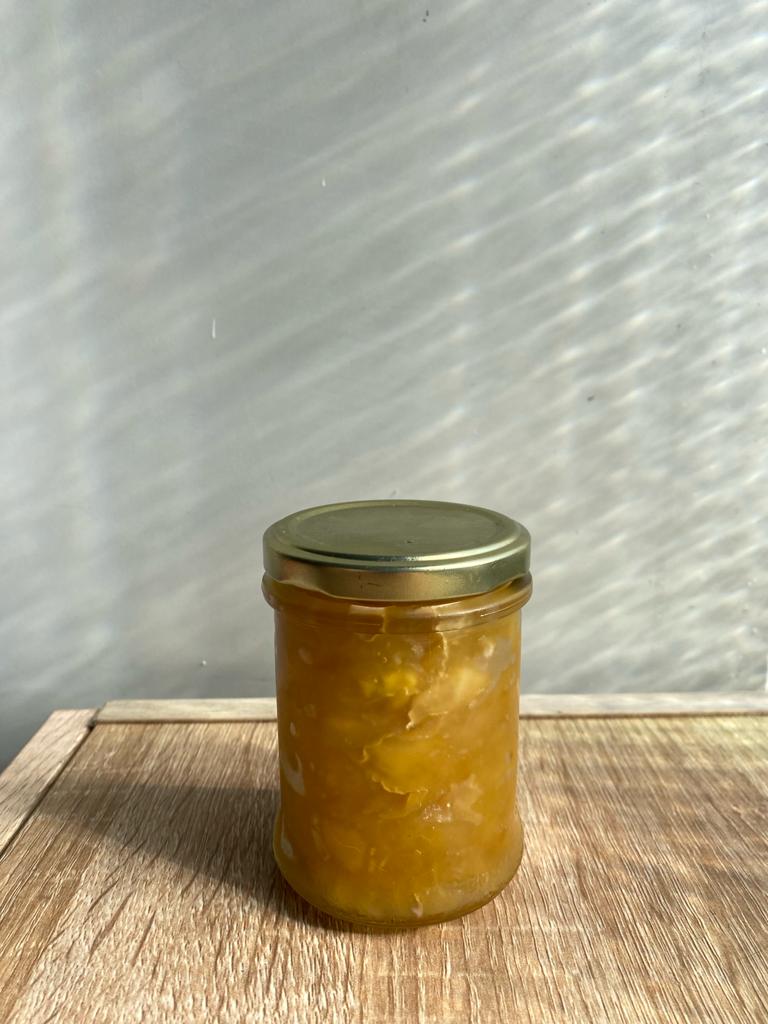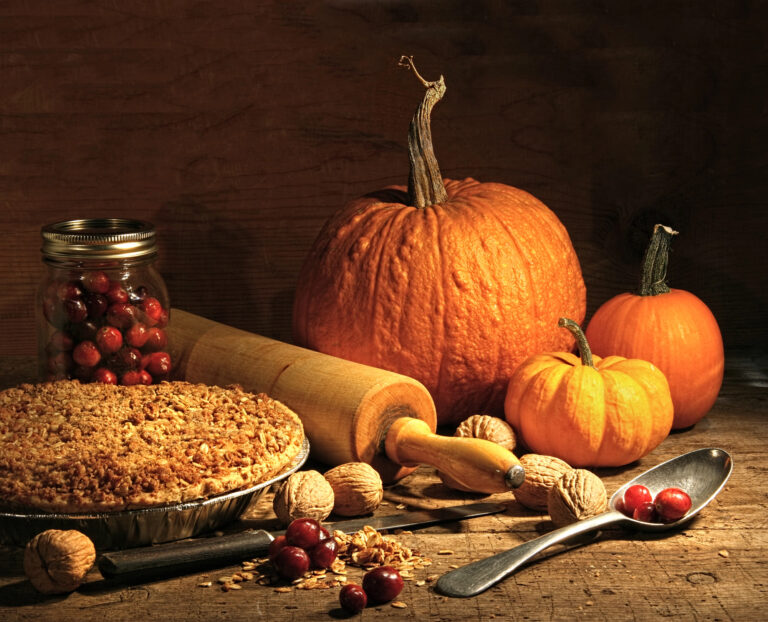Essential Winter Garden Tasks: Mulching, Pruning, and Cover Cropping
Introduction
As the days grow shorter and the temperatures dip, winterizing your garden becomes a crucial task for any dedicated gardener. Proper preparation can mean the difference between a thriving garden in the spring and a landscape struggling to recover. Essential winter garden tasks such as mulching, pruning, and cover cropping not only protect your plants from harsh conditions but also enhance soil health and promote robust growth for the upcoming season.
- Mulching acts as insulation for roots.
- Pruning removes dead or damaged branches to encourage new growth.
- Cover cropping enriches the soil, providing nutrients and preventing erosion during the cold months.
By taking these steps, you can create a resilient winter garden that will flourish when spring arrives. Embracing these practices not only safeguards your plants but also lays the groundwork for a bountiful harvest in the following year.
Mulching
Mulching is a gardening practice that involves covering the soil around plants with a protective layer of material. This layer acts as insulation, helping to regulate soil temperature, retain moisture, and suppress weed growth during the winter months. The benefits of mulching are particularly pronounced in colder climates, where the insulation provided can protect plant roots from freezing temperatures.
- Types of Mulch:
- Organic: Straw, wood chips, bark, compost, shredded leaves (adds nutrients).
- Synthetic: Landscape fabric, plastic sheeting (prevents waterlogging).
Application:
- Clear the area of weeds and debris.
- Spread a 2- to 4-inch layer of mulch around your plants, keeping it a few inches away from stems or trunks to prevent rot and pests.
- For trees and shrubs, create a mulch ring extending out to the drip line.
- For vegetables and smaller plants, ensure an even spread that allows for some airflow.
Mulching around different types of plants requires specific considerations:
- Trees and Shrubs: Avoid piling mulch against the trunk; form a doughnut shape with a clear gap around the base.
- Vegetable Gardens: Use lighter materials like straw or shredded leaves.
- Perennials: Apply a thicker layer of mulch to protect root systems from frost heave.
By carefully selecting and applying the right type of mulch for your garden, you can significantly enhance its resilience through the winter months.
Pruning
Pruning is a vital task in winterizing your garden because it helps remove dead, diseased, or damaged branches, allowing plants to conserve energy and prepare for new growth in the spring. By pruning before winter, you minimize the risk of snow and ice damage and improve air circulation, which can help prevent disease.
Essential Pruning Tools:
- Pruners: For cutting small branches and stems.
- Loppers: For thicker branches up to 2 inches in diameter.
- Pruning Saw: For even larger limbs.
Pruning Techniques:
- Deadheading: Removing spent flowers to encourage more blooms.
- Thinning: Selectively removing branches to reduce density.
- Shaping: Trimming the plant to maintain or achieve a desired form.
Specific Plant Tips:
- Fruit Trees: Remove suckers, water sprouts, and crossing or rubbing branches to promote better fruit production and tree health.
- Roses: Cut back dead or diseased canes and reduce the plant’s overall size to improve air circulation.
- Perennials: Remove dead foliage and spent flower stems to tidy up the plant and reduce the risk of pest infestations.
Using the right tools and techniques for pruning different types of plants ensures that your garden will not only survive the winter but also thrive when the warmer months return.
Cover Cropping
Cover cropping is a sustainable gardening practice where specific plants are grown primarily to benefit the soil rather than for harvest. This method is particularly valuable for maintaining soil health during the winter months. Cover crops, such as legumes, grains, and grasses, serve multiple purposes: they prevent soil erosion, improve soil structure, and enhance nutrient content.
Types of Cover Crops:
- Legumes: Clover, vetch (fix nitrogen in the soil).
- Grains: Rye, oats (erosion control).
- Grasses: Winter ryegrass (quick ground cover and organic matter).
Planting and Management:
- Clear the garden area of any residual plants or debris.
- Rake the soil to create a smooth surface.
- Broadcast the seeds evenly over the soil, adhering to the recommended seeding rate on the package.
- Lightly rake the seeds into the soil to ensure good seed-to-soil contact.
- Water the area thoroughly to promote germination.
Managing cover crops through the winter involves minimal effort. Allow the cover crops to grow and establish themselves. They will continue to protect the soil and add organic matter as they die back naturally in colder temperatures. In early spring, before planting your main crops, terminate the cover crops by mowing them down or tilling them into the soil, which adds valuable organic matter and nutrients.
By integrating cover cropping into your winter garden routine, you not only protect your soil during the harsh winter months but also set the stage for a fertile and productive growing season ahead.
Conclusion
Winterizing your garden is not just about surviving the cold months but thriving once spring arrives. By focusing on essential tasks like mulching, pruning, and cover cropping, you ensure your garden’s health and productivity.
Checklist:
- Clear weeds and debris from around plants.
- Apply a 2- to 4-inch layer of mulch, keeping it away from stems and trunks.
- Use organic mulch for nutrient addition or synthetic mulch for waterlogging prevention.
- Remove dead, diseased, or damaged branches.
- Use the appropriate tools: pruners for small branches, loppers for medium ones, and saws for large limbs.
- Cover Cropping:
- Clear the garden area and prepare the soil.
- Broadcast cover crop seeds and lightly rake them in.
- Water thoroughly and let them grow throughout the winter.
Taking these steps will prepare your garden for a flourishing spring. For more detailed guidance, explore our related articles or consult our services for personalized advice. Share your winterizing experiences or ask questions in the comments below. If you seek tailored gardening advice, consider our consulting services to help you achieve the best results for your winter garden.






